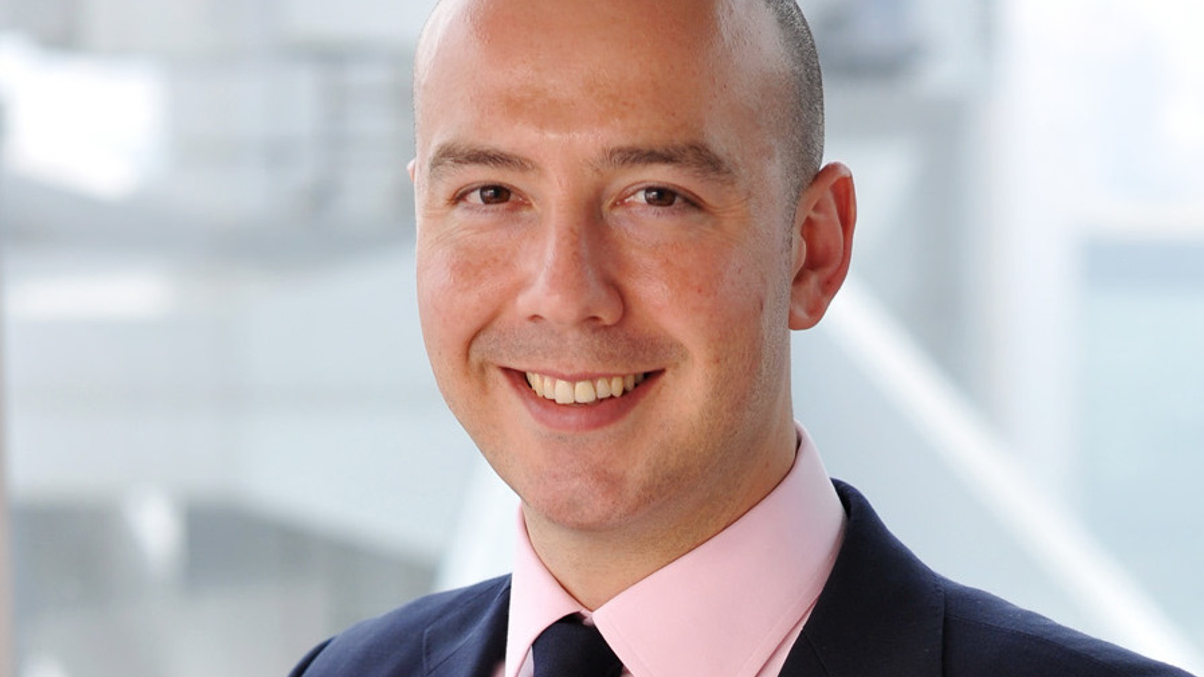HSBC Insurance eyes first commodity, currency investments
The firm is also looking at allocating more to higher-yielding equity and fixed-income assets, noting how hard it is to achieve target returns these days.

Amid a tough environment for achieving returns, HSBC Insurance is considering making its first investments in currencies and physical commodities.
Sign in to read on!
Registered users get 2 free articles in 30 days.
Subscribers have full unlimited access to AsianInvestor
Not signed up? New users get 2 free articles per month, plus a 7-day unlimited free trial.
¬ Haymarket Media Limited. All rights reserved.


